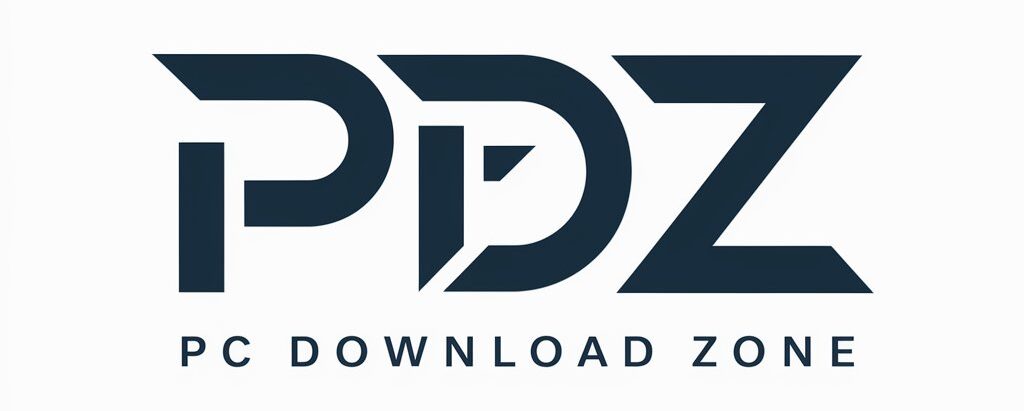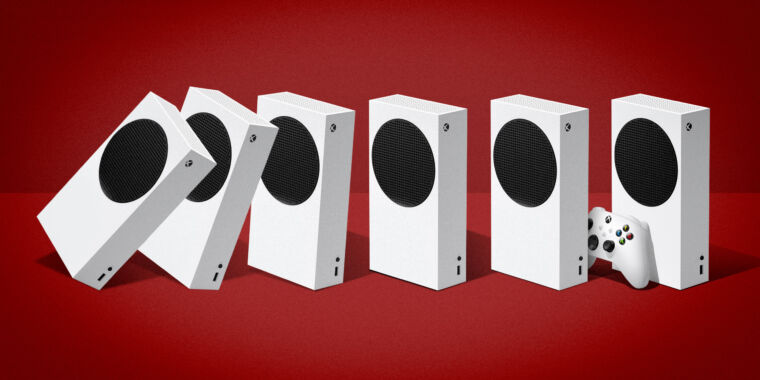Xbox console sales continue to crater with massive 42% revenue drop
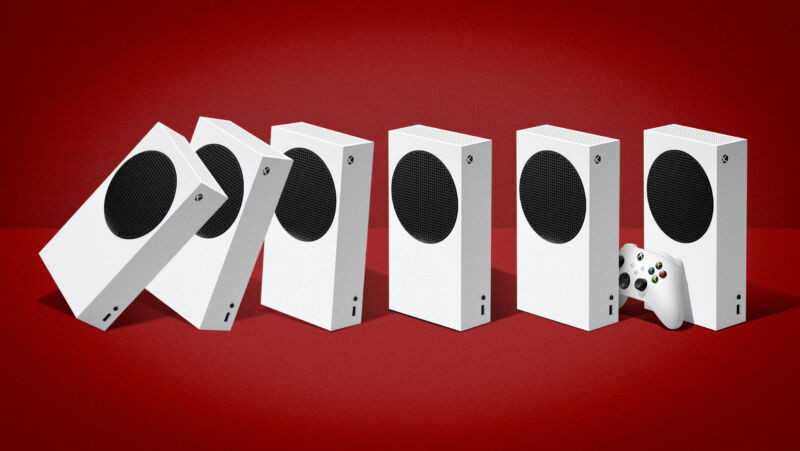
Microsoft’s revenue from Xbox console sales was down a whopping 42 percent on a year-over-year basis for the quarter ending in June, the company announced in its latest earnings report.
The massive drop continues a long, pronounced slide for sales of Microsoft’s gaming hardware—the Xbox line has now shown year-over-year declines in hardware sales revenue in six of the last seven calendar quarters (and seven of the last nine). And Microsoft CFO Amy Hood told investors in a follow-up call (as reported by GamesIndustry.biz) to expect hardware sales to decline yet again in the coming fiscal quarter, which ends in September.
The 42 percent drop for quarterly hardware revenue—by far the largest such drop since the introduction of the Xbox Series X/S in 2020—follows an 11 percent year-over-year decline in the second calendar quarter of 2023.
Peaking too early?
Microsoft no longer shares raw console shipment numbers like its competitors, so we don’t know how many Xbox consoles are selling on an absolute basis. But industry analyst Daniel Ahmad estimates that Microsoft sold less than 900,000 Xbox units for the quarter ending in March, compared to 4.5 million PS5 units shipped in the same period.
Overall, the reported revenue numbers suggest that sales of the Xbox Series X/S line peaked sometime in 2022, during the console’s second full year on store shelves. That’s extremely rare for a market where sales for successful console hardware usually see a peak in the fourth or fifth year on the market before a slow decline in the run-up to a successor.
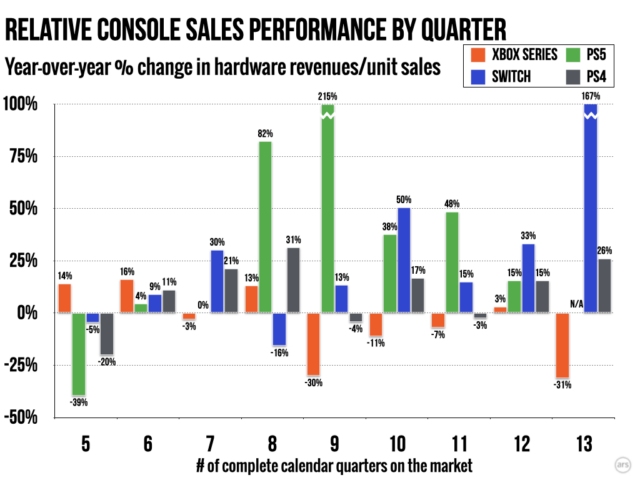
Kyle Orland
The older Nintendo Switch, which launched in 2017, is now firmly in that sales decline period of its life cycle. Yet worldwide unit sales for the console declined only 36 percent year-over-year—to 1.96 million units shipped—for the first calendar quarter of the year. That’s a less precipitous relative drop than Microsoft is now facing with the much younger Xbox Series X/S.
Annual sales of Sony’s PlayStation 5 have continued to rise in recent years, peaking at 20.8 million units for the fiscal year ending in March. But PS5 sales did decline over 28.5 percent year-over-year for the January-through-March quarter, just the third such quarterly decline the console has posted on a year-over-year basis (Sony has yet to post sales numbers for the April-through-June quarter).
A subscription bright spot?
Aside from hardware sales, Microsoft’s gaming content and services revenue was up a healthy-sounding 61 percent year-over-year for the latest reported quarter. But a full 58 percent of that increase was the “net impact from the Activision acquisition,” which you may remember cost the company $68.7 billion dollars.
Given the cratering Xbox hardware revenues, it’s not all that surprising that Microsoft is focusing on its (now more expensive) Game Pass subscription side to buoy the Xbox business as a whole.
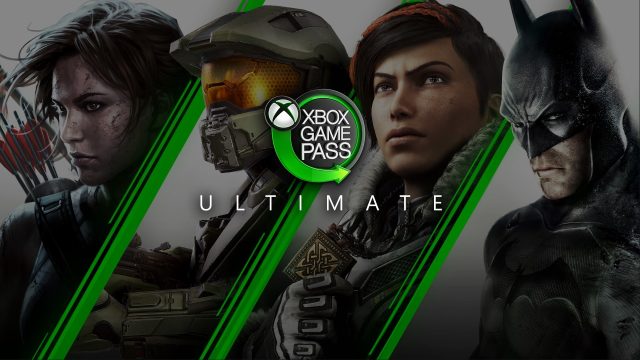
“I do think the real goal here is to be able to take a broad set of content to more users in more places and really build what looks like more to us the software annuity and subscription business,” Hood said during the investor call. “I think we’re really encouraged by some of the progress and how we’re making progress with Game Pass.”
That kind of talk suggests the Xbox brand will continue to thrive via Xbox Game Pass, and possibly through Xbox Game Studios games for other platforms. But if these sales trends continue, we may be facing a near future where physical console hardware is no longer a core part of the Xbox brand.
